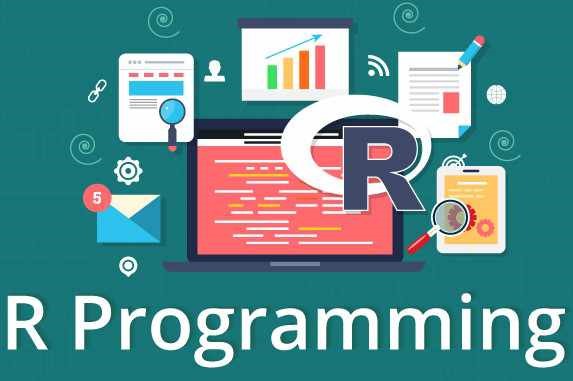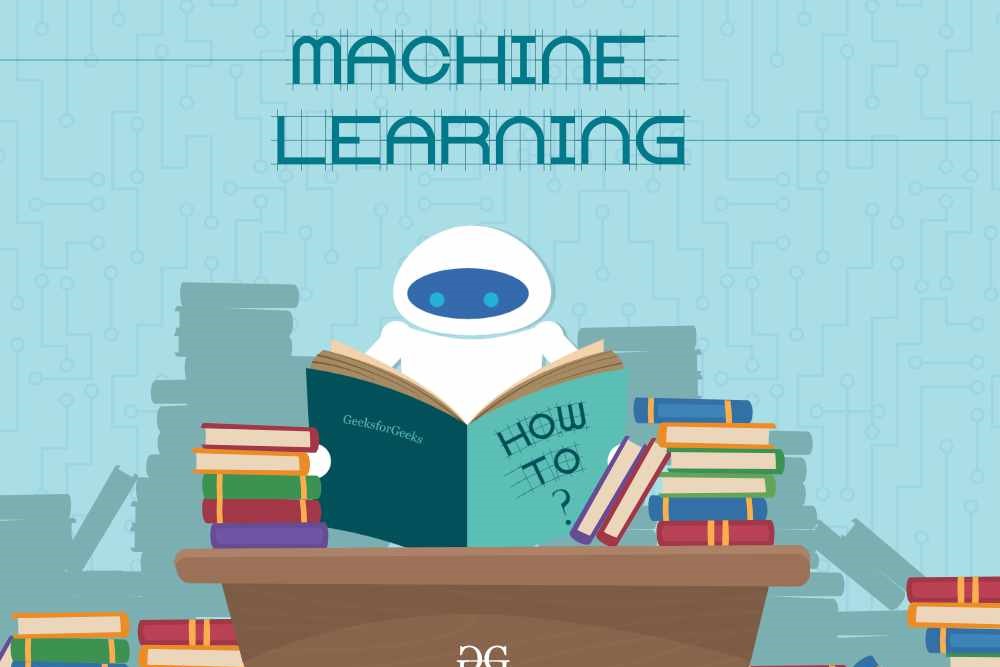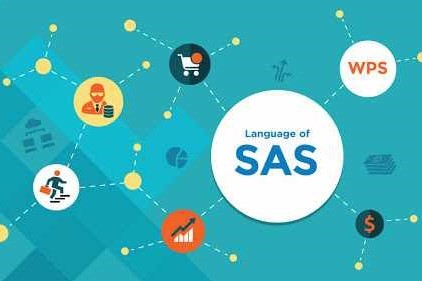Course Information
- Course Price $250
- Total Students 800+
- Course Duration 4 Weeks
Description
Deep Learning can be considered as a subset of Machine Learning & Artificial Intelligence. By applying artificial neural networks & advanced algorithms which are somewhat the same as the human brain, it aims to learn from huge amounts of data. Hence with the application of Deep Learning, machines will get the capacity to carry out repetitive tasks with amazing precision levels. It also provides the advantage of complex problem-solving abilities to the machines even when diverse, unstructured and inter-linked data are present. Most of the businesses gather huge amounts of data and evaluate it to maintain a competitive advantage, for processing a huge amount of data for deep learning you need a reasonable amount of computational power. The deep learning techniques are used to form predictive applications for click prediction, fraud detection, demand forecasting etc. If you wish to get into cutting-edge AI then this course will suffice. Deep learning engineers are in demand and acing deep learning concepts will provide you with several new career opportunities, Deep learning is also an amazing thing that will allow you form AI systems that were unimaginable a few years back. You will get a solid idea about the foundations of deep learning in this course. Understanding the core parameters in a neural network’s architecture is very important and this course takes you through that. This course also takes you through how deep learning functions. After the completion of the course, you will be in a position to use deep learning to your own application. Suppose you are looking for a job in AI, then you will be able to answer fundamental interview questions.
Benefits
- Students who possess at least high school knowledge in maths and who want to begin learning Deep Learning
- Any intermediate level people who have a fine grasp of the basics of Machine Learning or Deep Learning, including the classical algorithms like linear regression or logistic regression.
- They should also have knowledge of advanced topics including Artificial Neural Networks. They would also prefer to learn and explore all the different domains of Deep Learning.
- Any aspiring candidate who is not very convenient with coding but who is keen in Deep Learning and wants to apply it without any problem on datasets.
- Any data analyst who want to get enhanced learning through Deep Learning.
- Any professional who is not satisfied with his/her present profile and want to become a Data Scientist.
- Any person who wishes to build added value to his/her business by applying powerful Deep Learning tools.
- Any business owners who wishes to comprehend how to control the powerful technology of Deep Learning in their business.
- Any Entrepreneur who wants to shine in the crowd applying the most cutting-edge Deep Learning algorithms.
- Developers wishing to be a Data Scientist.
- Analytics Managers who are inclined to lead a team of analysts.
- Business analysts who want to gain knowledge in Deep Learning Techniques.
- Information Architects.
- Professionals who are keen on assessing Big Data.
- Analysts interested in Data Science methodologies.
Syllabus
PYTHON DEEP LEARNING USING TENSOR FLOW AND KERAS
- What is a neural network...?
- How neural networks work?
- Gradient descent
- Stochastic Gradient descent
- Perceptron
- Multilayer Perceptron
- Backpropagation
- Overview of deep learning
- DL environment setup locally
- Installing TensorFlow
- Installing Kera’s
- Setting up a DL environment in the cloud
- oAWS
- GCP
- Run TensorFlow program on AWS cloud platform
- Placeholders in TensorFlow
- Defining placeholders
- Feeding placeholders with data
- Variables,
- Constants
- Computation graph
- Visualize graph with Tensor Board
- What are activation functions?
- Sigmoid function
- Hyperbolic Tangent function
- ReLu -Rectified Linear units
- SoftMax function
- Exploring the MNIST dataset
- Defining the hyperparameters
- Model definition
- Building the training loop
- Overfitting and Underfitting
- Building Inference
LEARNING
- Learning word vectors
- Loading all dependencies
- Preparing the text corpus
- defining our word2vec model
- Training the model
- Analysing the model
- Visualizing the embedding space by plotting the model on tensor board
- Introduction to CNN
- Train a simple convolutional neural net
- Pooling layer in CNN
- Building, training and evaluating our first CNN
- Model performance optimization
- Introduction to ImageNet
- LeNet architecture
- Alex Net architecture
- VGGNet architecture
- ResNet architecture
- What are Recurrent Neural Networks (RNNs)?
- Understanding a Recurrent Neuron in Detail
- Long Short-Term Memory (LSTM)
- Backpropagation Through Time (BPTT)
- Implementation of RNN in Keras
- Code Implementation
- Importing all of the dependencies
- Defining the hyperparameters
- Building a simple deep neural network
- Convolution in keras
- Pooling
- Dropout technique
- Data augmentation






